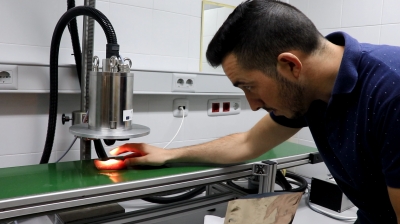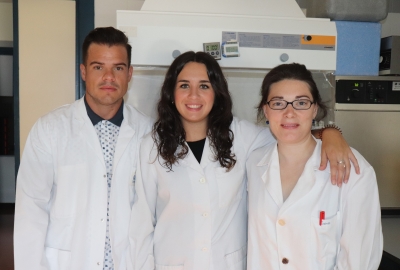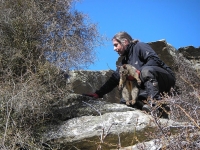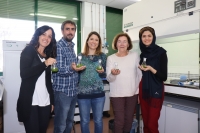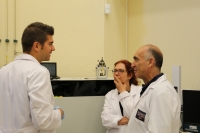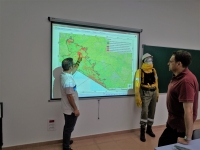Individual Quality Analysis of Each Iberian Pork Loin Now Possible
Escrito por UCC+iA research team at the University of Córdoba has tested the effectiveness and speed of NIR technology to individually analyse the quality of intact cuts of Iberian loin
Science Wages a Battle Against the Swine Sector’s Costliest Virus
Escrito por UCC+IA research team at the University of Córdoba has compared the behaviour of two different strains of the Porcine Reproductive and Respiratory Syndrome Virus, to expedite the production of an effective vaccine in the future
The International Research Community Evaluates GPS Collars to Geolocate Wild Animals
Escrito por UCC+iA scientific article analyses the results yielded by GPS collars in ecological studies on wildlife by combining data from 167 projects worldwide
Algae and bacteria to decontaminate wastewater in a green way
Escrito por UCC+IProtein oxidation reveals the environmental pollution level in Doñana National Park
Escrito por UCC+iA Department of Biochemistry and Molecular Biology team at the University of Cordoba assessed the environmental pollution of Doñana National Park by means of its effects on mice that dwell in the area
A University of Cordoba research team ran the numbers on the impact of forest fires on emblematic species using the fires in Spain’s Doñana National Park and Segura mountains in 2017 as examples


